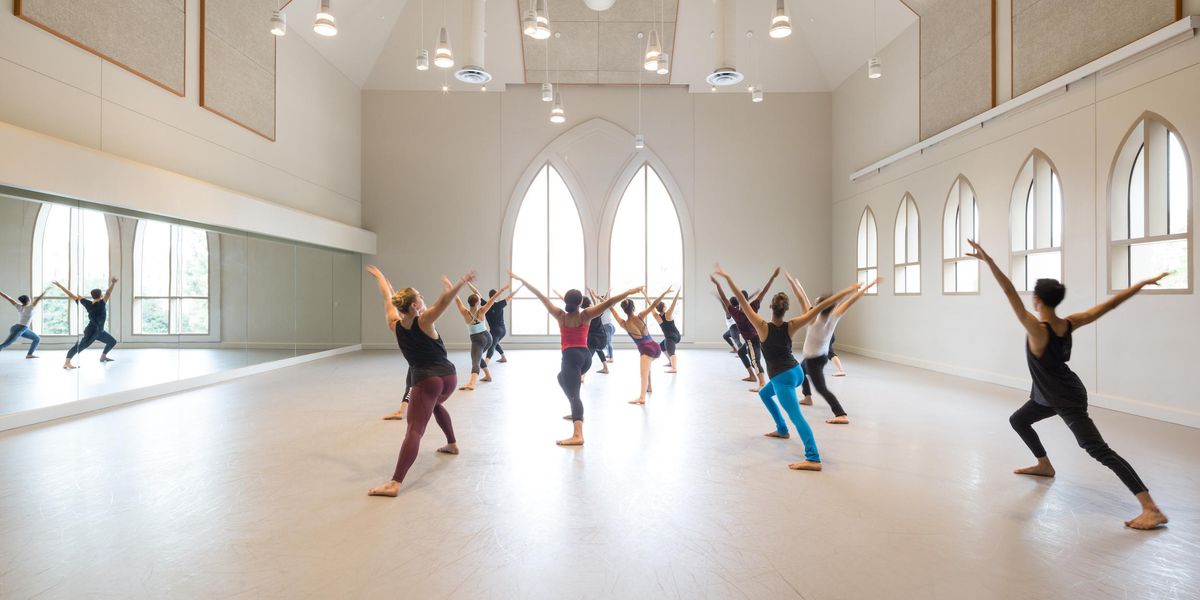This is What Happens to Your Brain When You Take a Break
It’s commonly known that exercise is great for your brain as well as your body. According to the New York Times, “working out can lead to the creation of new neurons, blood vessels and synapses and greater overall volume in areas of the brain related to memory and higher-level thinking.” Dancers exercise more than the average person, so generally we’re in pretty good shape as far as our brains.
A new study in Frontiers in Aging Neuroscience, however, shows that the benefits of exercise for your brain don’t last. The study took 12 competitive runners and asked them to stop exercising for 10 days. After over a week of being sedentary, the runners’ brains demonstrated strikingly less blood flow. This is significant because blood flow is what brings fuel to brain cells so they can function, and exercise “appears to ramp up blood flow through the skull not only during the actual activity, but throughout the rest of the day,” according to the New York Times. In other words, even when active people are resting, the blood flow in their brain behaves as if they are exercising. But not when they take 10 days off.
What does this mean for dancers? If nothing else, it’s an incentive to incorporate cross-training of some sort into your break time. Breaks are essential, especially if you’re experiencing injury or burnout, and activities like swimming, Pilates, yoga and Gyrotonic are easy on the body and can be adjusted to accommodate injuries. And science aside, doing something to engage your muscles while on a break will make your transition back to the studio all the more smooth.




